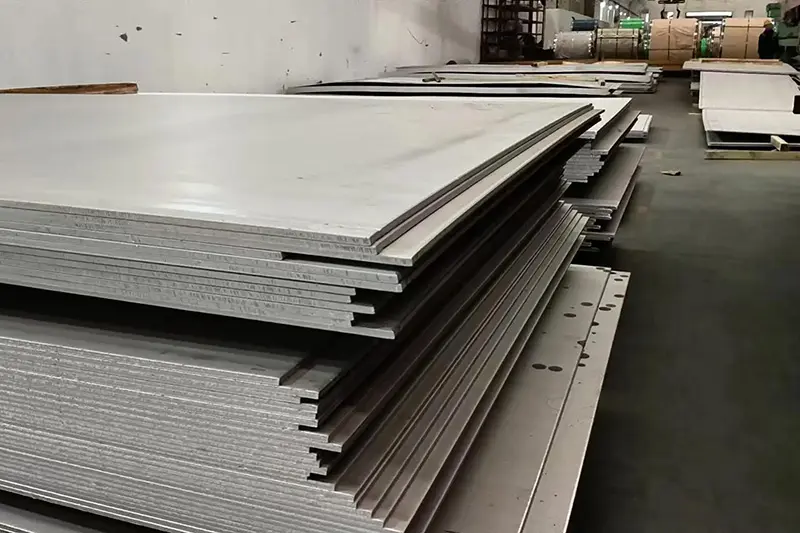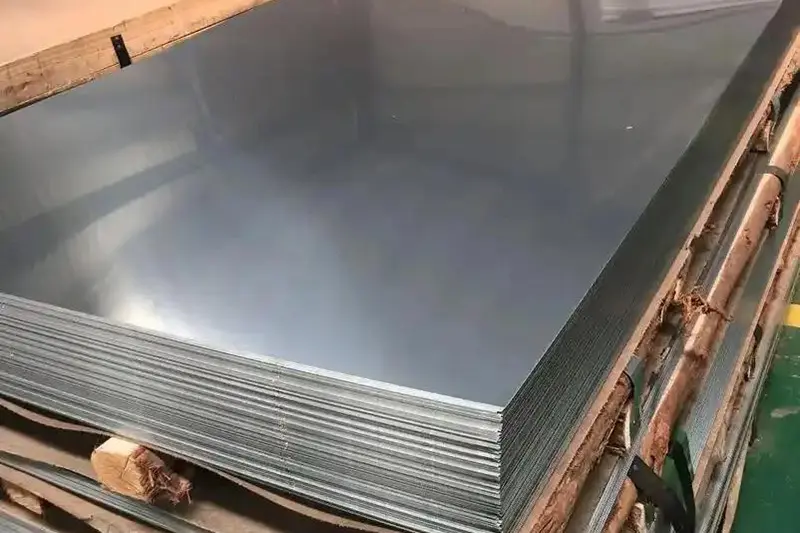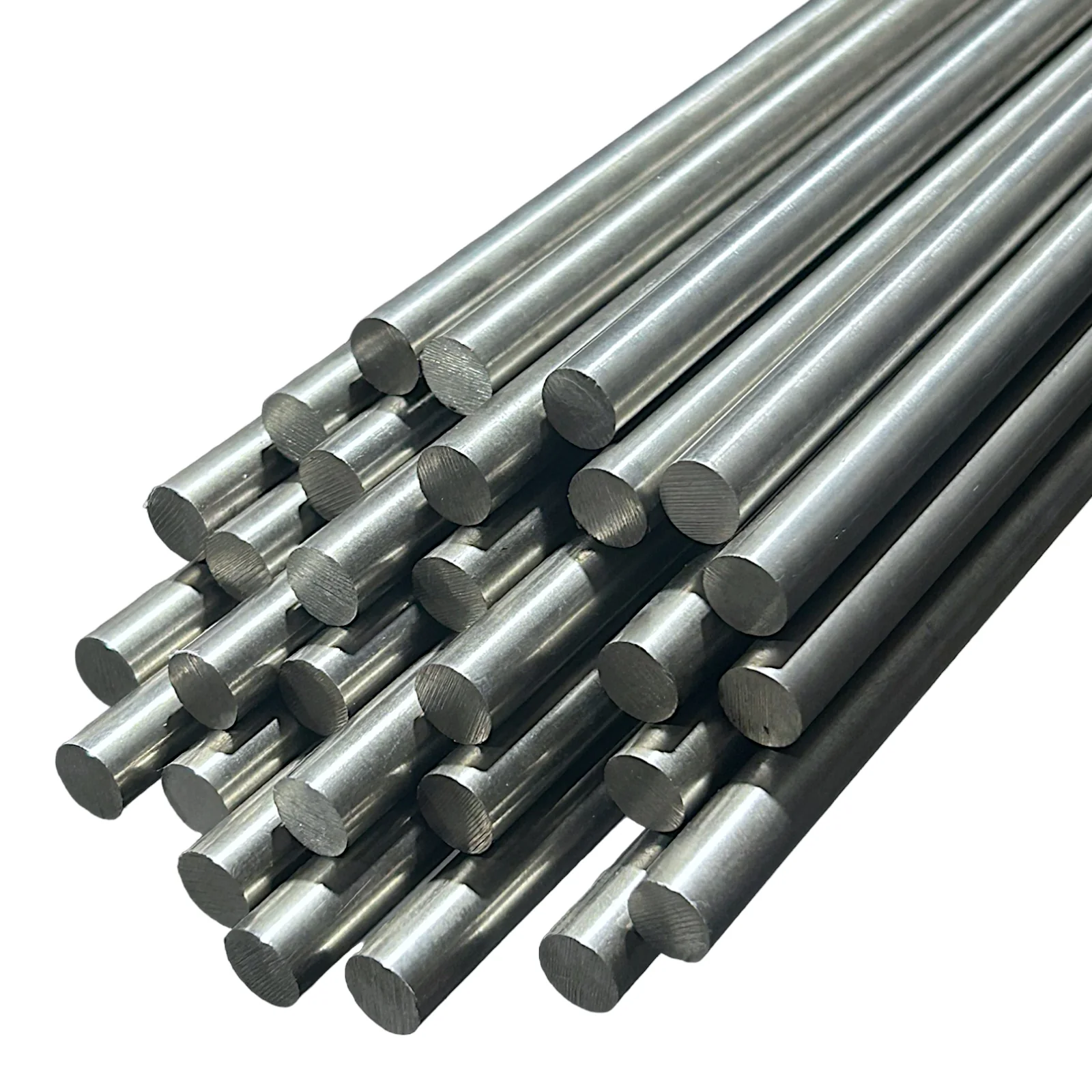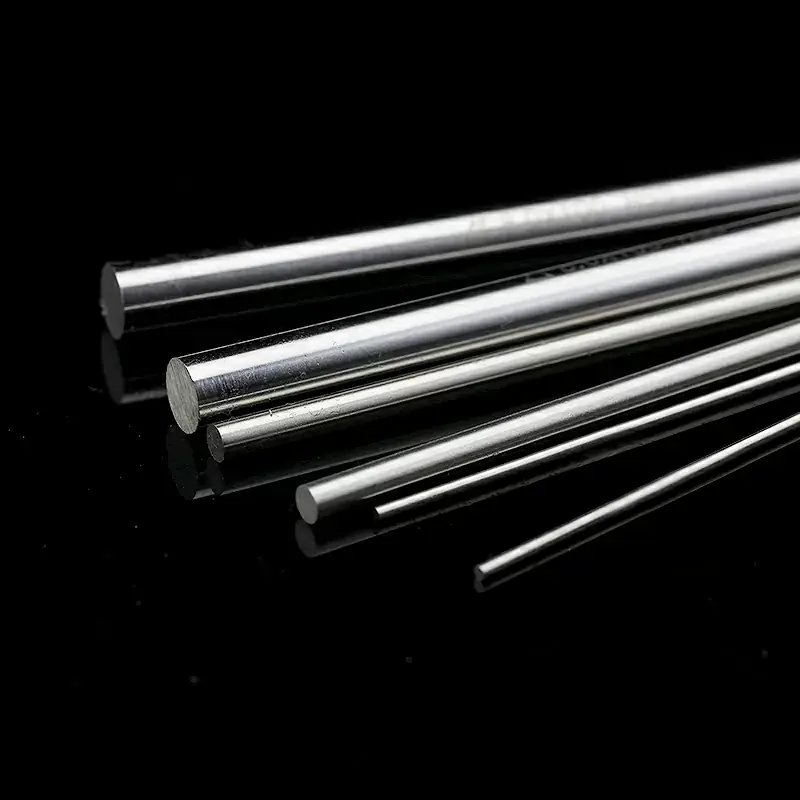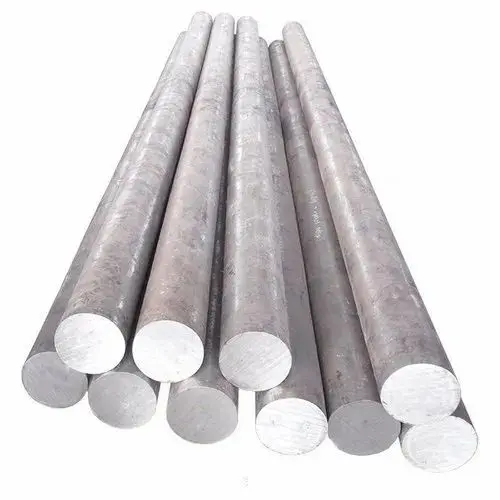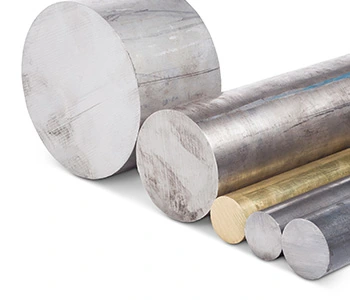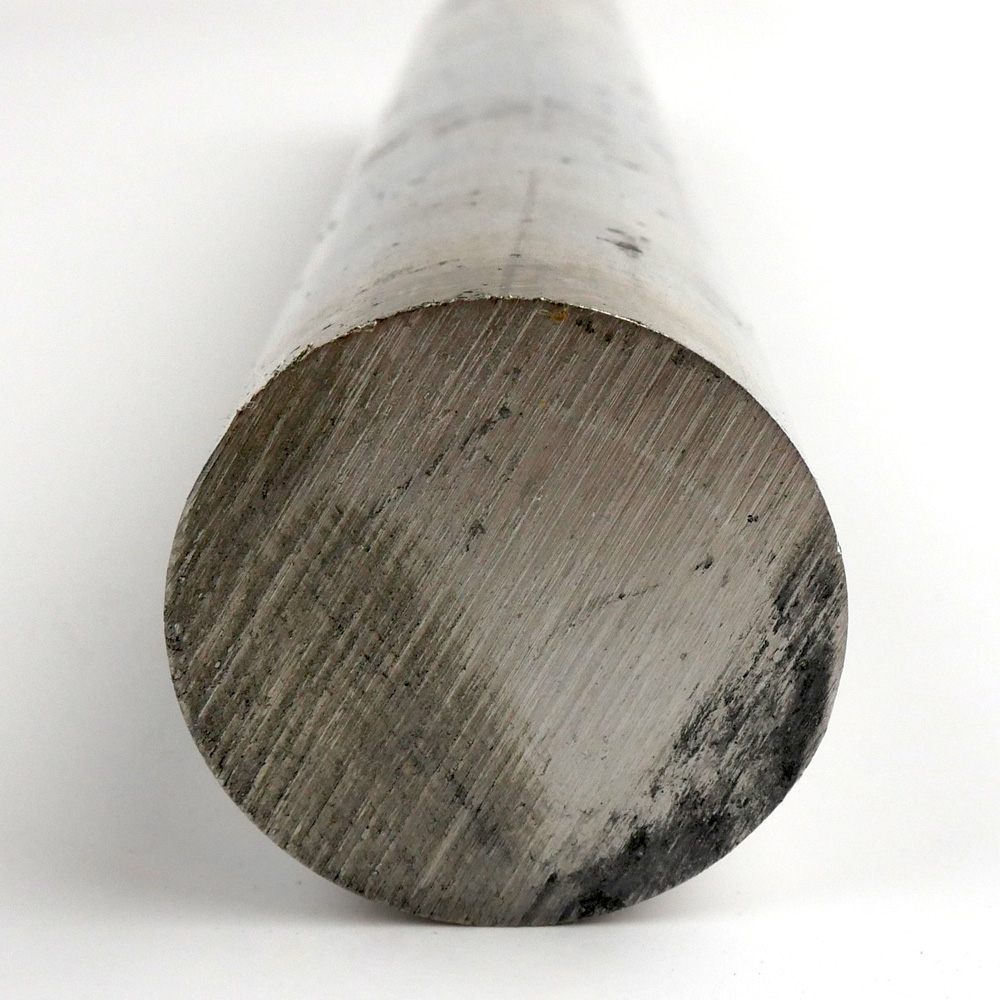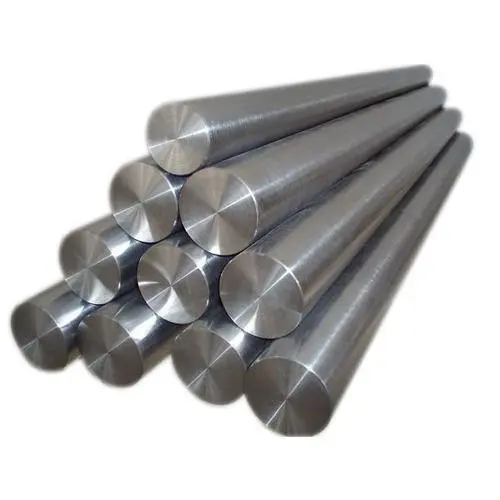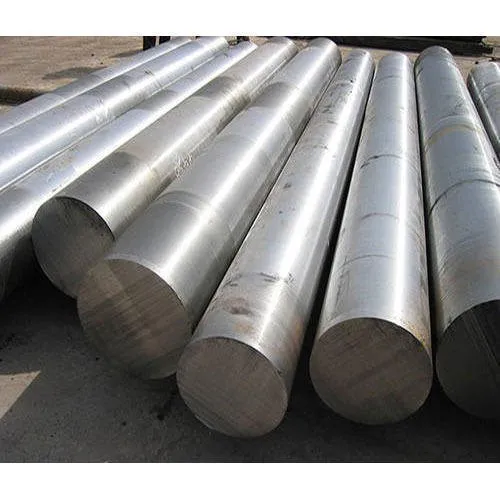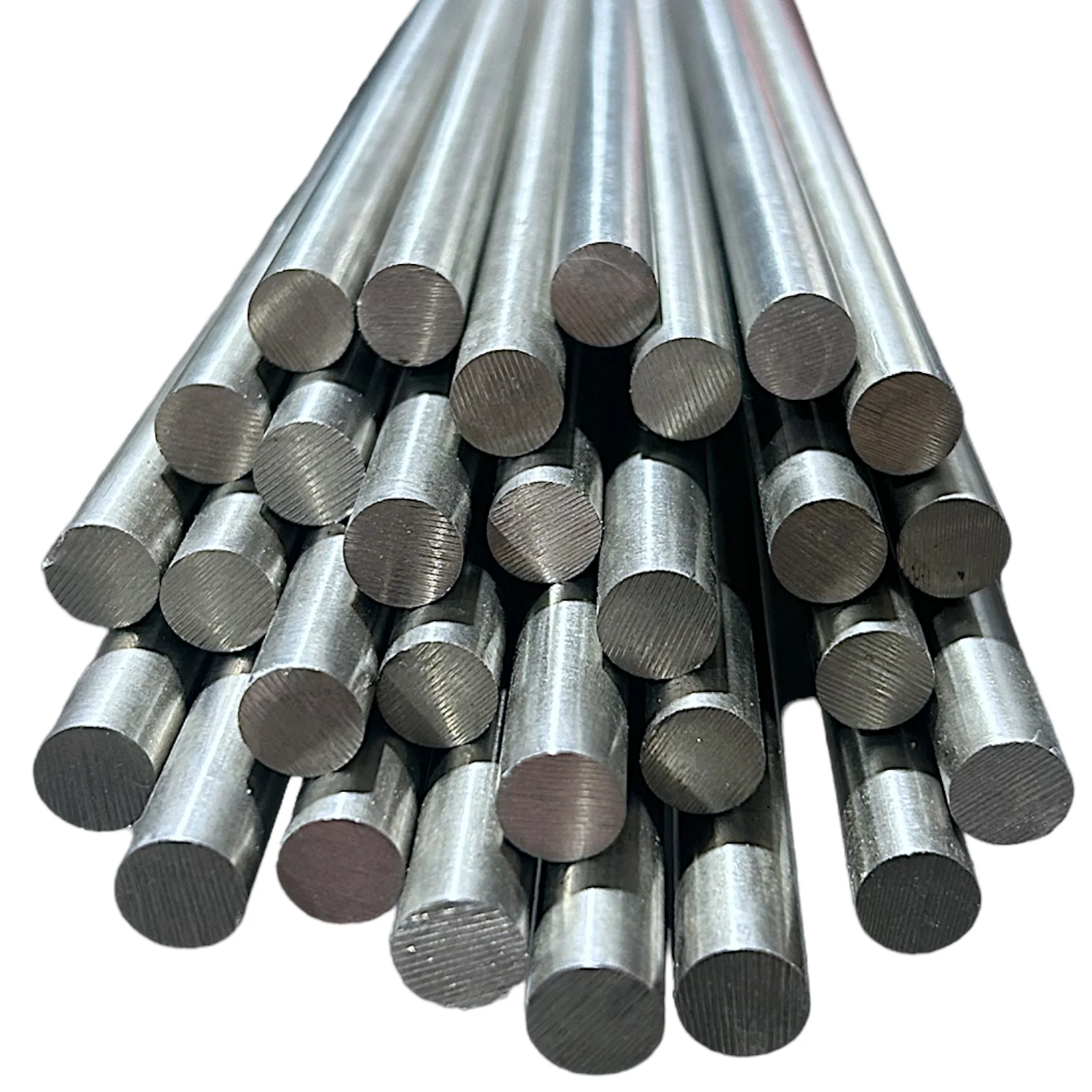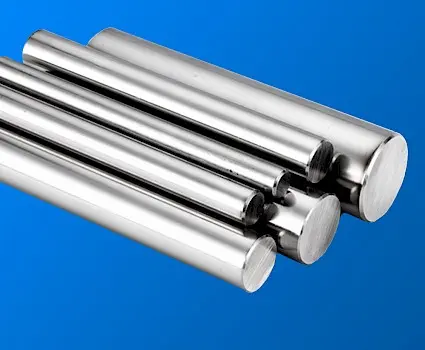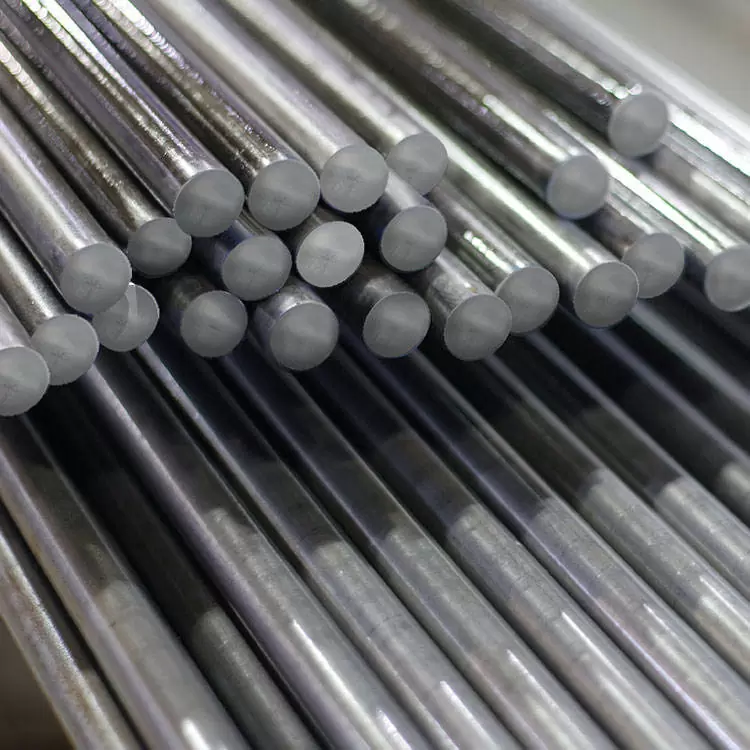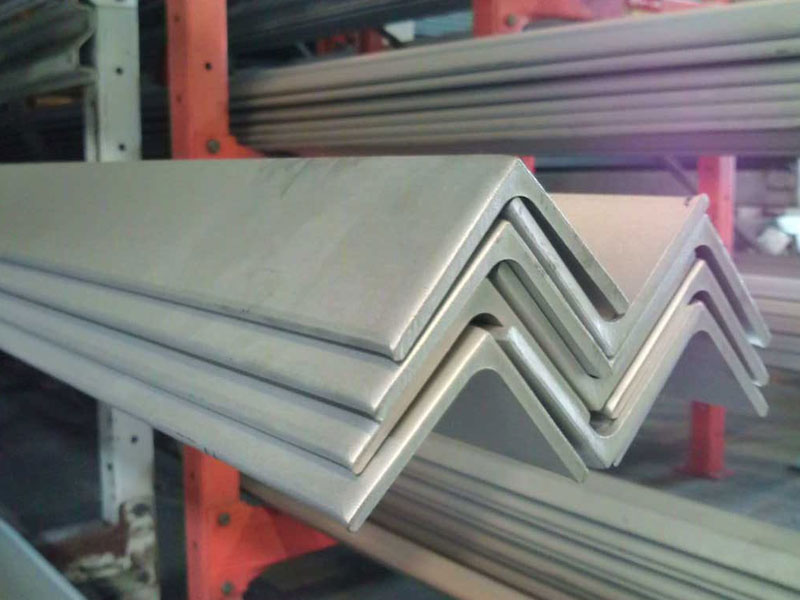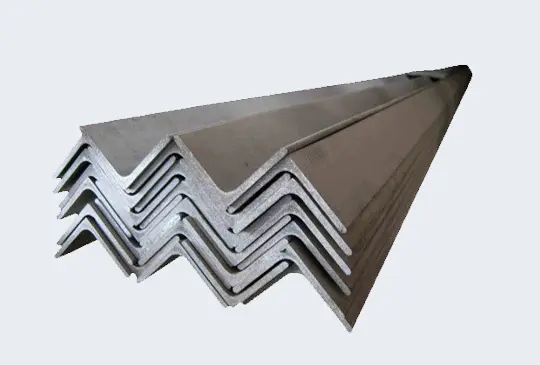- Stainless Steel Anchor Chain
- Manganese Steel Lifting Chain Grade 80
- Manganese Steel Lifting Chain
- Hastelloy Round Bars
- Hastelloy Sheet
- Hastelloy steel pipe
- Stainless steel wire rope
- Stainless steel round
- Stainless steel hexagonal rod
- Stainless steel strip
- Plastic coating wire rope
- Stainless steel plate
- Stainless steel angle
- Stainless steel pipe
- Stainless steel wire
- Stainless steel flange
- Stainless steel channel
- Stainless steel flat steel
Rust-proof stainless steel angle steel: outdoor engineering, strong weather resistance
Overview
Stainless steel plates have a smooth surface, high plasticity, toughness and mechanical strength, and are resistant to corrosion by acids, alkaline gases, solutions and other media. It is an alloy steel that is not easy to rust, but it is not absolutely rust-free. Stainless steel plates refer to steel plates that are resistant to corrosion by weak media such as atmosphere, steam and water, while acid-resistant steel plates refer to steel plates that are resistant to corrosion by chemically corrosive media such as acids, alkalis and salts.
Stainless steel plates, sometimes called flat steel, are a material commonly used to make metal products. Steel plates are made into different thicknesses and widths, then cut and welded together to make the final product. There are many types of steel plates, such as stainless steel plates and high carbon plates. Some steel plates are used in construction, while others are used to make everyday items, such as wood stoves, and less everyday items, such as ship hulls.
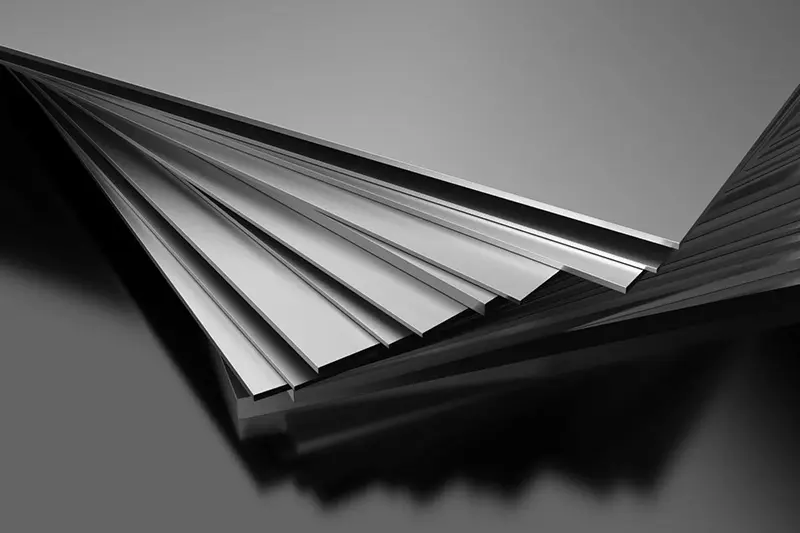
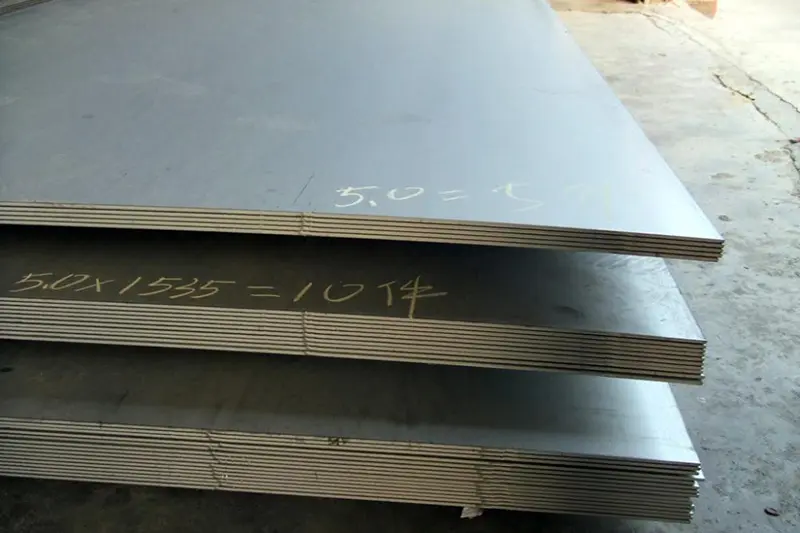
Features
● Corrosion resistance
Stainless steel has a similar ability to resist general corrosion as the unstable nickel-chromium alloy 304. Prolonged heating in the temperature range of the chromium carbide level may affect alloys 321 and 347 in harsh corrosive media. Mainly used in high-temperature applications, high-temperature applications require materials with strong resistance to sensitization to prevent intergranular corrosion at lower temperatures.
● High temperature oxidation resistance
Stainless steel plates have high temperature oxidation resistance, but the oxidation rate will be affected by inherent factors such as exposure environment and product morphology.
● Physical properties
The total heat transfer coefficient of the metal depends on other factors in addition to the thermal conductivity of the metal. In most cases, the film heat dissipation coefficient, rust and the surface condition of the metal. Stainless steel can keep the surface clean, so its heat transfer is better than other metals with higher thermal conductivity.
